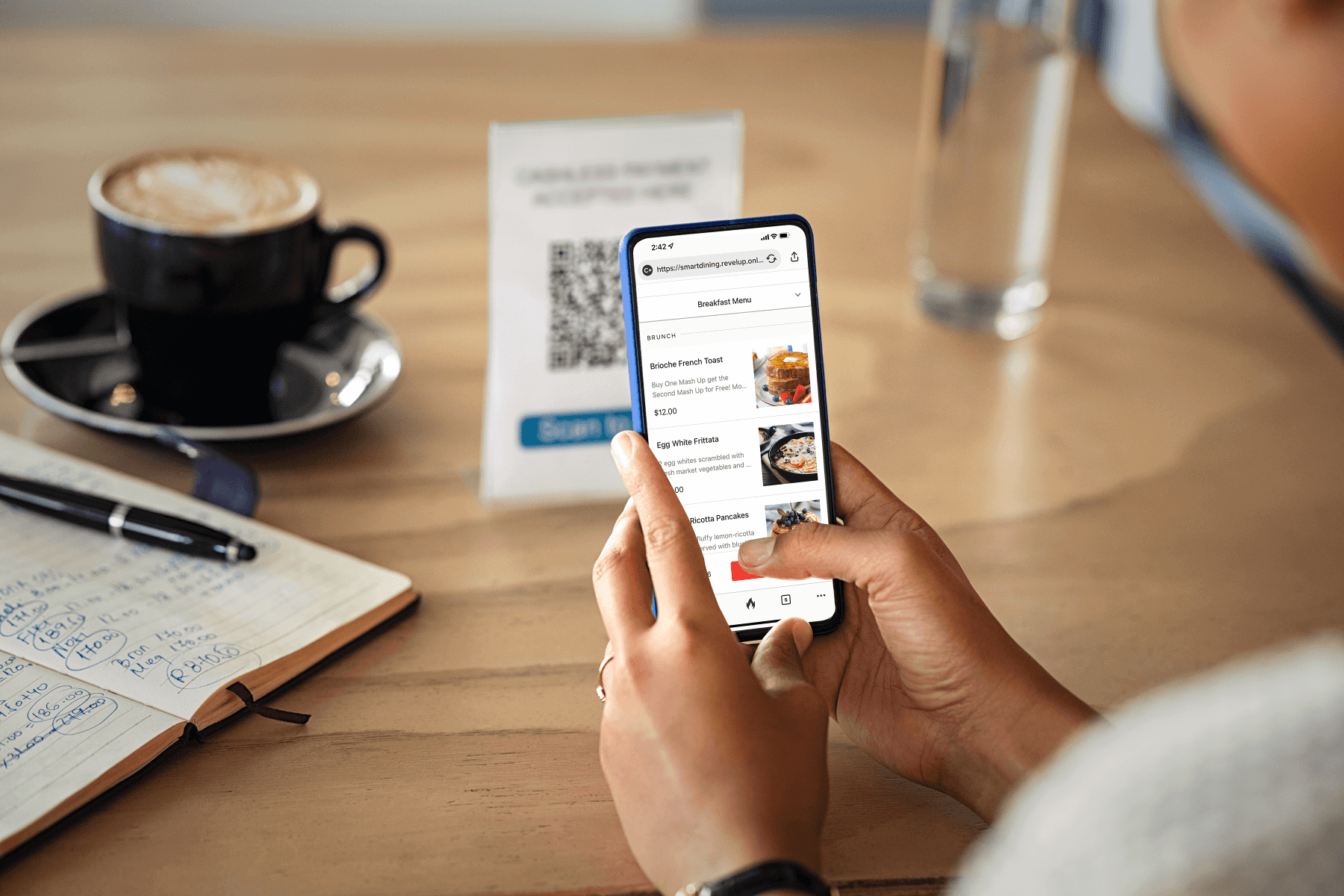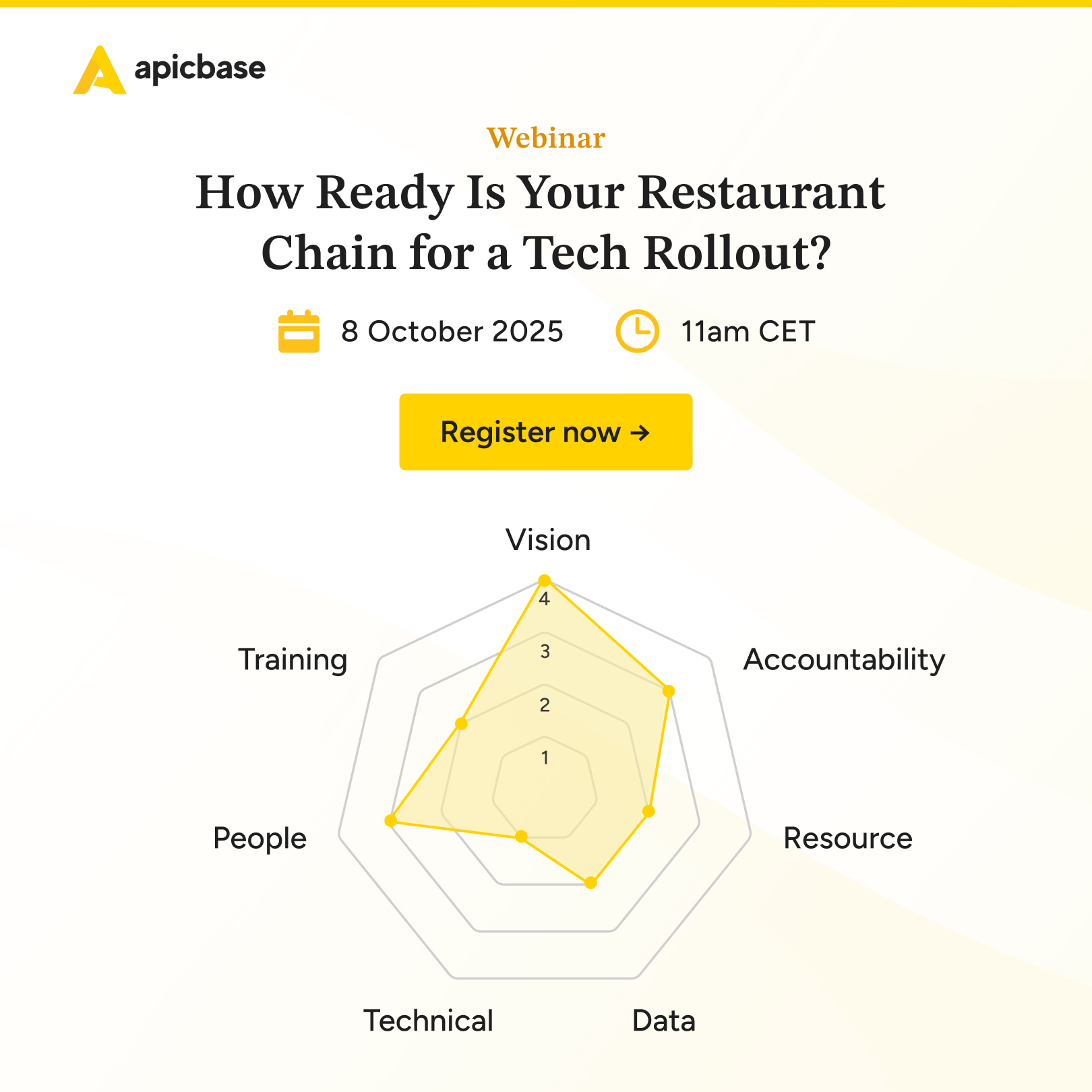Restaurants often cater to their most loyal patrons. Because loyal and first-time customers alike tend to pay attention to how much they’re paying for their food, changing menu prices is risky business for restaurants. As a result, dynamic pricing in restaurants hasn’t been common in the past.
Nevertheless, more and more restaurants are finding that dynamic pricing can significantly increase profits, offsetting the struggles they are having with staffing and food prices. Better yet, more and more customers do not seem to mind it, as it can sometimes result in cost savings for them.
Here’s what you need to know about why many restaurants are now taking dynamic pricing into consideration and how you can implement a dynamic pricing strategy for your restaurant.
What is Restaurant Dynamic Pricing?
Restaurant Dynamic pricing is an approach to pricing that differs from how a business usually charges for its products or services. Instead of fixed prices for a particular item, dynamic prices change depending on various factors determined by the business and the industry.
Dynamic pricing for the restaurant industry can mean lowering prices to increase traffic during slow hours, increasing prices for specific menu items to reflect changes in ingredient costs, or increasing prices across the board during seasonal rushes, among other things.
Carl Orsbourn, the celebrated co-author of Delivering The Digital Restaurant, says, “It’s not surge pricing. It’s about small, incremental price changes. Some restaurants switch off delivery during peak hours. What if asking 50 cents more per item could make money-conscious customers order at a different time? At the very least, you could keep the sales channel open.”
Why Have Some Restaurants Avoided Dynamic Pricing Strategies?
As noted earlier, customers in restaurant environments are often well aware of the prices they expect to pay at their favourite establishments. Therefore, restaurants have not historically been quick to implement this kind of pricing strategy. For a business like a restaurant, which depends so heavily on consistency from its patrons, taking the risk of alienating customers might not be worth the potential benefits of dynamic pricing.
Dynamic pricing is more commonly used in retail environments, where varying prices are less obvious to consumers, or in the hotel or travel industries, where changing rates are generally accepted.
That said, restaurants have been using some forms of dynamic pricing for years without customer pushback.
How Restaurants Have Historically Used Dynamic Pricing
Seasonal Price Changes
Restaurants operating in places with heavy seasonal traffic changes, like vacation destinations, typically charge much higher rates during their peak tourist season. Restaurants have generally been successful charging the highest rates they can to make money when they’re busy, but then dropping prices so that they can scrape by during the off-season by attracting locals.
Reduced Prices During Slow Times
Restaurants have long utilized dynamic pricing to equalize the industry’s typical rush periods. Menu rates aren’t usually decreased across the board, but drinks or appetizers may be half off or otherwise discounted, or select menu items may be available at reduced prices. “Happy Hour” is a classic example of this kind of dynamic pricing strategy.
How the Restaurant Industry is Taking Advantage of Dynamic Pricing
Menu Pricing
A number of restaurants are utilizing dynamic pricing technology to price signature dishes differently and adjust the pricing of their standard menu offerings to stay in line with their competitors.
Delivery
Delivery apps were among the first to introduce dynamic pricing in restaurants. When demand for these third-party drivers is high, the system automatically increases prices, motivating more drivers to get on the road.
Customers are tolerant of rate increases because they are built into the system’s algorithm. Furthermore, it works both ways. Customers can also take advantage of this system by choosing to get deliveries during slow periods when rates are low, avoiding surge pricing upcharges.
Heikki Lummaa of Priceff says people focus on things becoming more expensive. “In fact, on average, the price goes down because there are more sales during the cheaper off-peak times.” Important note: Heikki believes it’s better to apply dynamic pricing to the delivery fee and not the menu price itself. It’s how his company helped Kotipizza in Finland.
Are Restaurant Customers Tolerating Dynamic Pricing?
Restaurant dynamic pricing has plenty of benefits, but the big question is how patrons will respond. Customers who are accustomed to going to their favourite restaurant and ordering a certain menu item for a certain price may not be happy to see varying prices for their favourite meal suddenly.
On the other hand, when a dynamic pricing strategy is implemented well in restaurants, customers often respond well. Dynamic pricing is particularly well-received if it is framed as a discount.
Customers are okay with prices varying by time of day, week, or year, especially if they can take advantage of those variations to save money. However, customers don’t want to go into a restaurant and pay a different price for the same menu item as the person eating next to them.
In fact, some restaurant patrons seem to be very happy with appropriately applied, transparent, dynamic pricing. Price-conscious customers can choose to dine or order delivery during times when prices are set lower, potentially saving a lot of money. Of course, restaurants also benefit by spreading out the rush hour and equalizing traffic.
Keep in mind that dynamic pricing algorithms can range from very basic to more complicated. If your dynamic pricing efforts are too difficult for patrons to understand and take advantage of reduced prices, it might be harder for them to see the benefits of dynamic pricing.
“We wanted to balance out the heavy peak hours,” says Heidi Stirkkinen, CEO of Kotipizza, and increase the value of our franchisees’ investment in delivery vehicles. After testing, for Kotipizza, we landed on delivery charges between 2,90 and 7,90 euros. In the news, dynamic pricing is usually about concert tickets getting ridiculously expensive,” Heikki continues. But setting an upper and lower limit is essential.” You can read up on how the upper and lower price ranges work for the restaurant chain.
So, what is the impact of dynamic pricing on sales and revenue?
According to a publication in Harvard Business School, the estimation is that dynamic pricing increases sales by 10% and revenue by 6%.
Is Dynamic Pricing Technology Right For Your Restaurant?
While some concepts of restaurant dynamic pricing, such as happy hour, are easy to implement in a restaurant, the modern concept of dynamic pricing, in which algorithms determine how things should be priced day by day or even hour by hour, is likely not right for every restaurant.
Ignoring dynamic pricing in restaurants entirely may mean leaving money on the table, but advanced technology to devise a complete dynamic pricing strategy is a huge investment that the average restaurant isn’t able to make, especially considering the potential risks in customer satisfaction.
The best solution for your restaurant may lie somewhere in between complete dynamic pricing technology and static pricing. Consider taking advantage of a few of the ideas shared below to help you decide how to use dynamic pricing in your restaurant:
Use Ingredient Costs to Determine Pricing
Determining pricing based on ingredient costs is one way to adjust menu prices that are most acceptable to customers. Today’s customers are increasingly interested in sustainable food.
Apicbase’s leading restaurant management software allows restaurateurs to engineer their menus even further to develop their most profitable and popular menus for all your concepts, stores and brands. Keeping track of product profitability in a single dashboard is just part of that optimization effort and can help inform future dynamic pricing strategies.
Optimise Happy Hour
One of the easiest ways to utilise a restaurant’s dynamic pricing is with happy hour. By automating happy hour, you can increase earnings and ensure that menu items are always entered at the appropriate rate.
Whatever kind of item you want to discount, whether appetizers, drinks, a subset of cocktails, etc, can automatically be discounted by the desired amount. Automatic time parameters ensure that the discounted pricing starts and stops on time.
Incorporate Restaurant Dynamic Pricing Into Your Loyalty Program
A loyalty program is a great place to play with a dynamic pricing strategy because customers are already accustomed to getting different prices for the same thing due to their loyalty points. Send an email or text message announcing that points will be doubled for a period to encourage business during slow times or promote special discounted prices for loyalty program members to increase patronage.
As long as you have a loyalty platform that can send personalized messages or emails, effortlessly control loyalty points, and encourage customers to join, you’ll be able to see the benefits of dynamic pricing to make your loyalty program more effective.
How to Acclimate Your Customers to a Dynamic Pricing Strategy
Customers are not yet used to wide-scale dynamic pricing in the restaurant industry, and food is undoubtedly one of the things they are most likely to notice about price changes. A common tip is to ease into dynamic pricing by making the prices of a few items variable at a time. In short, start slowly.
Lean heavily into marketing happy hour discounts while gently explaining that prices for lunch and dinner times may increase well before you actually increase those prices. If you experience a lot of pushback, don’t be afraid to back off and slow down. It’s not worth sacrificing customer loyalty to incorporate a dynamic pricing strategy.
Dynamic Pricing in Your Restaurant
There’s a lot you can do to incorporate a dynamic pricing strategy into your restaurant, even if you’re not ready to completely change it. As you and your customers get comfortable with fluctuating prices, you can explore changing the way you think about pricing at your restaurant.



